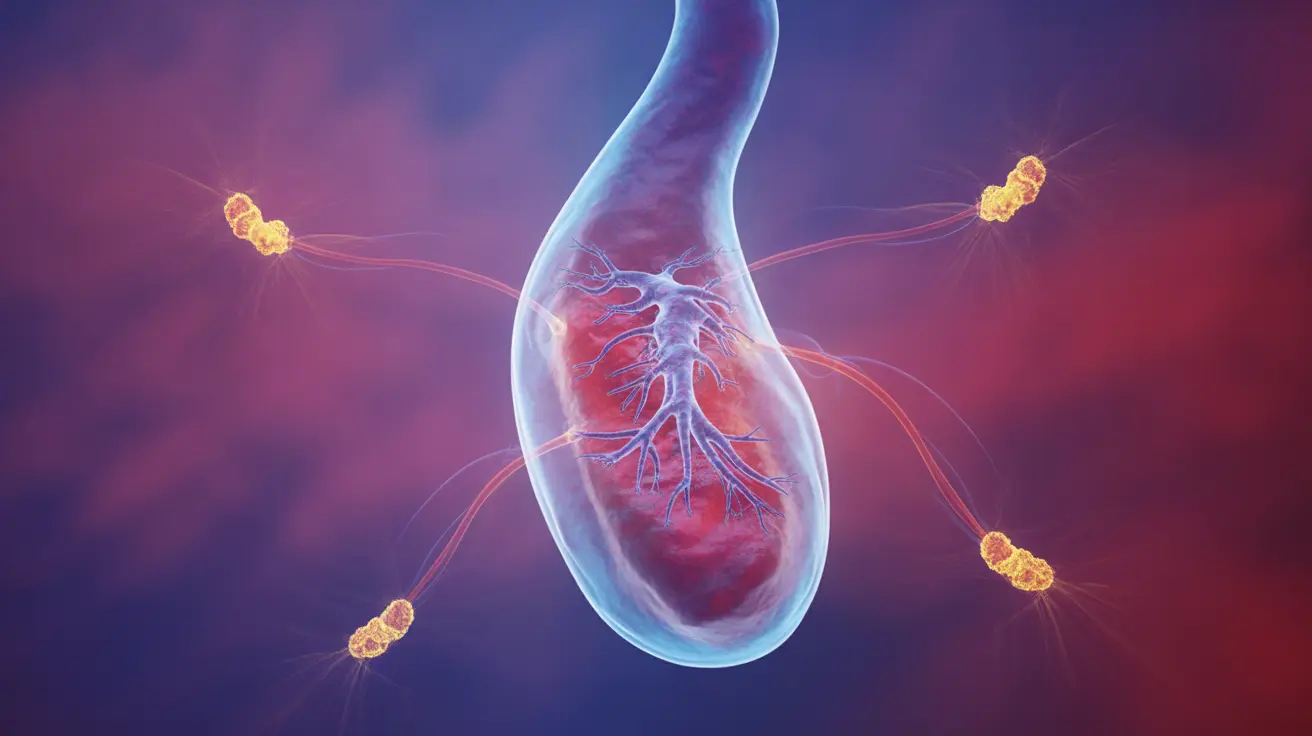The relationship between chronic stress and stroke risk in young adults, particularly women, has become an increasingly important area of medical research. While strokes are often associated with older adults, mounting evidence suggests that prolonged stress could significantly increase stroke risk even in younger populations.
Understanding this connection is crucial for prevention and awareness, especially as young adults face growing pressures in their personal and professional lives. This comprehensive guide explores the link between stress and stroke risk, with particular attention to gender differences and prevention strategies.
The Science Behind Stress and Stroke Risk
Chronic stress triggers a cascade of physiological responses in the body that can contribute to stroke risk. When under stress, the body releases hormones like cortisol and adrenaline, which can lead to:
- Increased blood pressure
- Inflammation throughout the body
- Blood vessel constriction
- Enhanced blood clotting
- Irregular heart rhythms
These stress-induced changes can create conditions that make blood vessels more susceptible to damage and increase the likelihood of blood clot formation, both of which are significant stroke risk factors.
Gender Differences in Stress-Related Stroke Risk
Research has revealed that young women may be particularly vulnerable to stress-related stroke risk. Several factors contribute to this gender disparity:
- Hormonal influences and their interaction with stress responses
- Different stress coping mechanisms between genders
- Unique cardiovascular responses to chronic stress in women
- Higher rates of stress-related inflammation in female bodies
Understanding Cryptogenic Stroke in Young Women
Cryptogenic strokes, which have no immediately apparent cause, occur more frequently in young women under chronic stress. These strokes may be linked to:
- Stress-induced changes in blood clotting factors
- Inflammation of blood vessel walls
- Temporary disruptions in heart rhythm
- Migraine with aura, which is more common in women
Prevention Strategies and Lifestyle Modifications
Young adults can take several proactive steps to manage stress and reduce their stroke risk:
- Regular physical exercise (at least 150 minutes per week)
- Mindfulness and meditation practices
- Adequate sleep (7-9 hours nightly)
- Balanced nutrition
- Regular medical check-ups
- Stress management techniques
Measuring and Monitoring Stress Levels
Healthcare providers assess stress levels through various methods:
- Psychological questionnaires
- Cortisol level testing
- Blood pressure monitoring
- Heart rate variability measurements
- Sleep pattern evaluation
Frequently Asked Questions
Can chronic stress increase the risk of stroke in young adults, especially women? Yes, chronic stress can significantly increase stroke risk in young adults, with women showing particular vulnerability. This increased risk is attributed to stress-induced physiological changes affecting blood pressure, inflammation, and blood clotting factors.
Why does stress seem to raise stroke risk in young women but not in young men? Women's bodies respond differently to stress hormones, and they may experience more pronounced cardiovascular effects. Hormonal interactions, inflammatory responses, and different stress-coping mechanisms contribute to this gender-specific risk.
How does stress contribute to the development of cryptogenic ischemic stroke in young women? Stress can trigger blood clotting abnormalities, vessel inflammation, and heart rhythm disruptions that may lead to cryptogenic strokes. These mechanisms are particularly relevant in young women due to hormonal influences and stress-response patterns.
What lifestyle changes can help reduce stroke risk linked to chronic stress in young adults? Key lifestyle modifications include regular exercise, stress management techniques, adequate sleep, balanced nutrition, and routine medical check-ups. These changes help manage stress levels and reduce associated cardiovascular risks.
How is stress measured in studies linking it to stroke risk, and what levels are most concerning? Researchers measure stress through psychological assessments, cortisol testing, blood pressure monitoring, and heart rate variability. Persistent elevated stress levels, particularly those causing physical symptoms or disrupting daily function, are most concerning for stroke risk.




